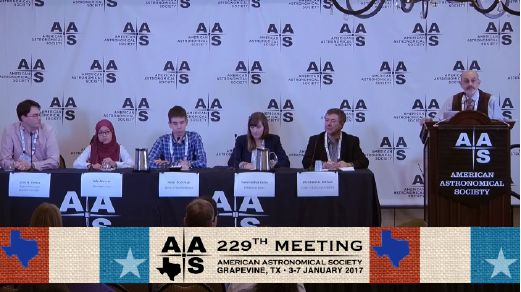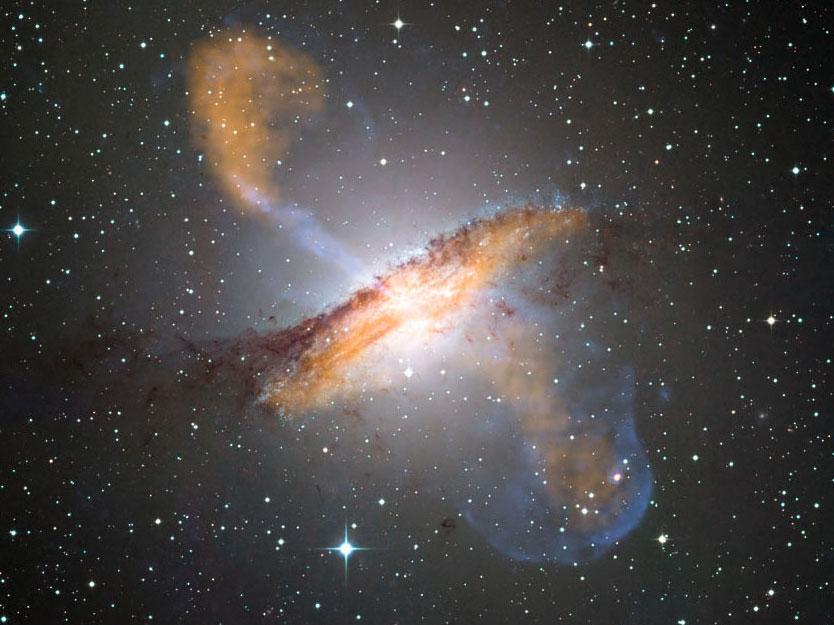A Malaysian Student Helped Discover Supermassive Black Holes "Hiding" Near Our Galaxy
The Johorian scholar is currently pursuing her PhD in Astrophysics at the Durham University in United Kingdom.
A Malaysian astrophysics student has made the nation proud by being part of a team of astronomers who have discovered the evidence of black holes situated close to the Milky Way
Nur Adlyka Ainul Annuar (second from left) at a press conference during the American Astronomical Society meeting in Grapevine, Texas.
Image via NSTNur Adlyka Ainul Annuar, is a Physics and Astrophysics graduate from the University of Sheffield and is from Muar, Johor.
Adlyka presented her findings at a press conference at the American Astronomical Society meeting in Grapevine, Texas
She is among the group of researchers who conducted an analysis of the National Aeronautics and Space Administration's (NASA) recent X-ray telescope called NuSTAR (Nuclear Spectroscopic Telescope Array).
She presented on, "Black Holes, Green Galaxies, Old Stars & NuSTARs" based on her study that has made the discovery that the galaxy has a thick group of gas hiding the central black hole.
"These black holes are relatively close to the Milky Way, but they have remained hidden from us until now.
"They're like monsters hiding under your bed. Their recent discoveries certainly call out the question of how many other supermassive black holes we are still missing, even in our nearby universe," explained Adlyka.
Adlyka is currently pursuing her PhD in Astrophysics at Durham University's Centre of Extragalactic Astronomy in United Kingdom
Her research is primarily on detecting active supermassive black holes that are hidden by thick clouds of gas and dust in the universe.
Speaking about her study, Adlyka said that, "NuSTAR can detect high energy X-ray emission from the black hole that is able to penetrate through the thick layers of gas and dust".
"Finding these hidden beasts is quite important to improve our understanding on the growth of supermassive black holes, and how they co-evolved with their host galaxies."
The Johorian scholar is expected to complete her PhD by the end of July 2017.
Scientists define black hole as a place in space where the gravity is pulled so much to the point that even light can not get out of if
The reason why the gravity if so powerful there, is due to the fact that matter has been squeezed into a tiny space. A black hole may form when a star is dying.
Black holes are invisible but can be found using space telescopes with special tools which can see how stars that are very close to black holes act differently from the other stars.
A supermassive black hole refers to the largest black holes that each have the mass of more than one billion suns. Scientists believe that the Earth will not fall into a black hole because there are no black holes close enough to the solar system for that to happen.
Also, NASA says that the sun will never turn into a black hole as it is not big enough to form a black hole.

